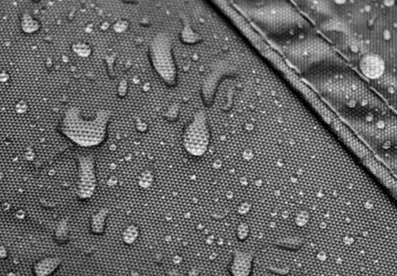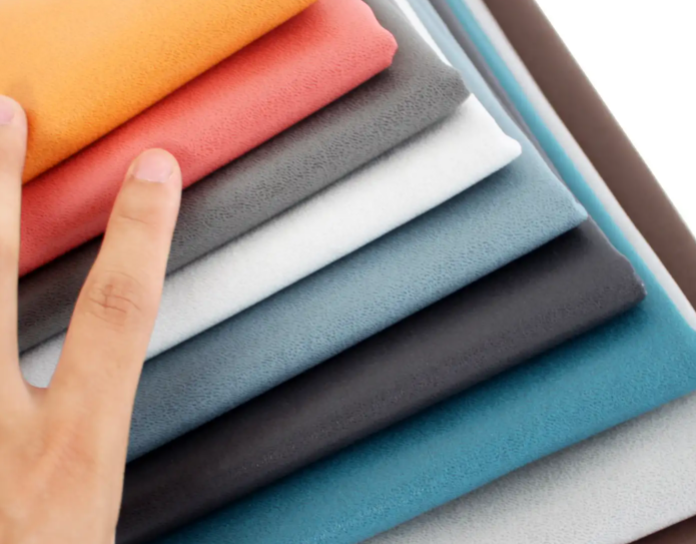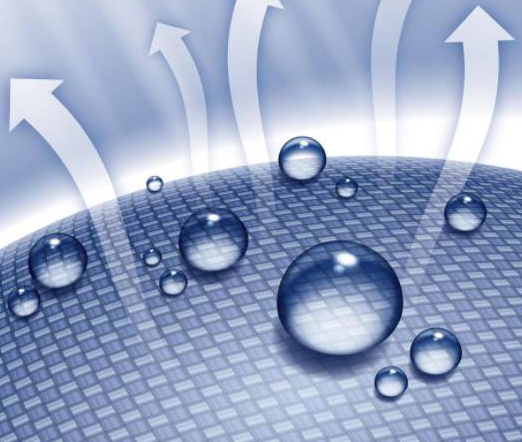Water repellent and waterproof fabrics
Release time: 2025-05-28
Water repellent and waterproof fabrics
Many people have a misconception that the waterproof function of fabrics is waterproofing. However, after using them, they realize that fabrics can penetrate underwater for a long time and are not truly waterproof. Actually, "waterproof" and "splash proof" are two different things.

Water repellent, also known as water repellent, abbreviated as W/R.

Water repellent refers to the deposition of hydrophobic compounds on the surface of fibers, leaving pores on the fabric surface that allow air and moisture to pass through. Generally, water droplets (like lotus leaves) are formed on the fabric surface, which is not truly waterproof, but reduces the adsorption of water by the fabric, allowing water to be "pushed away" on the surface of the fabric. Over time, water will still seep into the fabric.


Water repellent processing uses various chemical materials to attach a layer of ultra-fine "needle bed" on the surface of the fabric, making the tension on the surface of the fabric less than the cohesive force of water. Therefore, when water droplets fall behind, they will form water droplets that roll away instead of spreading out and soaking. If this layer of "needle bed" structure is flattened or covered with oil stains, the waterproof ability of the fabric will be greatly reduced, and even begin to absorb water. The waterproof effect of the fabric will gradually weaken or even become ineffective with washing and long-term use.

Therefore, when wearing waterproof clothing on rainy days, you can quickly shake off the water droplets on the surface of the clothes, but whether the clothes inside will get wet depends on the amount of rainwater and the time they stay in the rain. Water repellent is not truly completely waterproof

The English word for waterproofing is water proof, which refers to waterproof and breathable fabrics. Generally, it refers to making a rubber base on the bottom of the fabric, which can be divided into coating and lamination.
Coating is commonly referred to as coating, while lamination refers to lamination, which is the combination of a layer of waterproof material. The vast majority of waterproof fabrics use laminated (film) materials, as well as various treatment forms such as capsule fibers, tight fabrics, silicification, etc., and are usually located in the inner layer of the fabric, which is commonly referred to as "waterproof membrane".
Waterproof membrane is a composite fabric that combines a thin film with other materials through adhesive technology. The fabric itself is not waterproof, so when we wear waterproof clothing and encounter wet weather, we will see water seeping into the clothing, just like ordinary fabric clothing. However, the inner layer of the clothing is dry, which is why the waterproof membrane in the middle of the composite fabric plays a role.
 Suzhou-Jiangsu-China
Suzhou-Jiangsu-China +0512-63373373
+0512-63373373 info@shangyutex.com
info@shangyutex.com
